We tried.
Maybe a bit too hard–or maybe not hard enough–depending on how you look at it.
But we have been rockin’ the ole recorder over here for a few weeks, trying our darndest to be musical and to catch a wee tune.
 When the kids play, I mean really play, they sound good.
When the kids play, I mean really play, they sound good.
To themselves.
And I remember that feeling quite vividly: being young and wishful and banging out what I though was a serious masterpiece as I tickled the ivories on our piano at home. To me, it sounded like a work of art, like the angels had taken over my hands and that I was sharing my gift with the world–or at least my family.
And neighbors.
But now, as a parent and watching my 0wn three littles do the very same thing, I can only wonder how my mom managed to hold onto her sanity with four girls pounding those keys like there was no tomorrow, playing Heart and Soul, Chopsticks, and our own creations.
So when I was just about ready to throw in the white flag, I decided to switch things around a bit.
Here’s the skinny. . .
How to Play “Mary Had a Little Lamb” on the Recorder (or try to, at least. . . ):
Instead of fighting the kids’ urges to play their own little diddy every other minute, I gave them a little bit of a focus.
But when I felt like I needed to rein in the talent, I did some research, pulled together my own (pathetic) recorder-playing abilities, and jumped on the opportunity to sneak in a little learning into my kiddos’ little recorder-playing careers. I thought it would be helpful for the kids to learn a familiar song on the instrument, so we started with teaching them how to play Mary Had a Little Lamb on the recorder.
It wasn’t easy, and we’re still trying.
I shared the total how-to’s over at the Melissa & Doug blog, on the Rockin’ Out With the Recorder piece. Please check it out for a close-up on the notes and a little bit more about why the recorder is a darn good stepping stone instrument for kids.
Here’s a close look at our rendition of the actual song, Mary Had a Little Lamb, for the recorder:
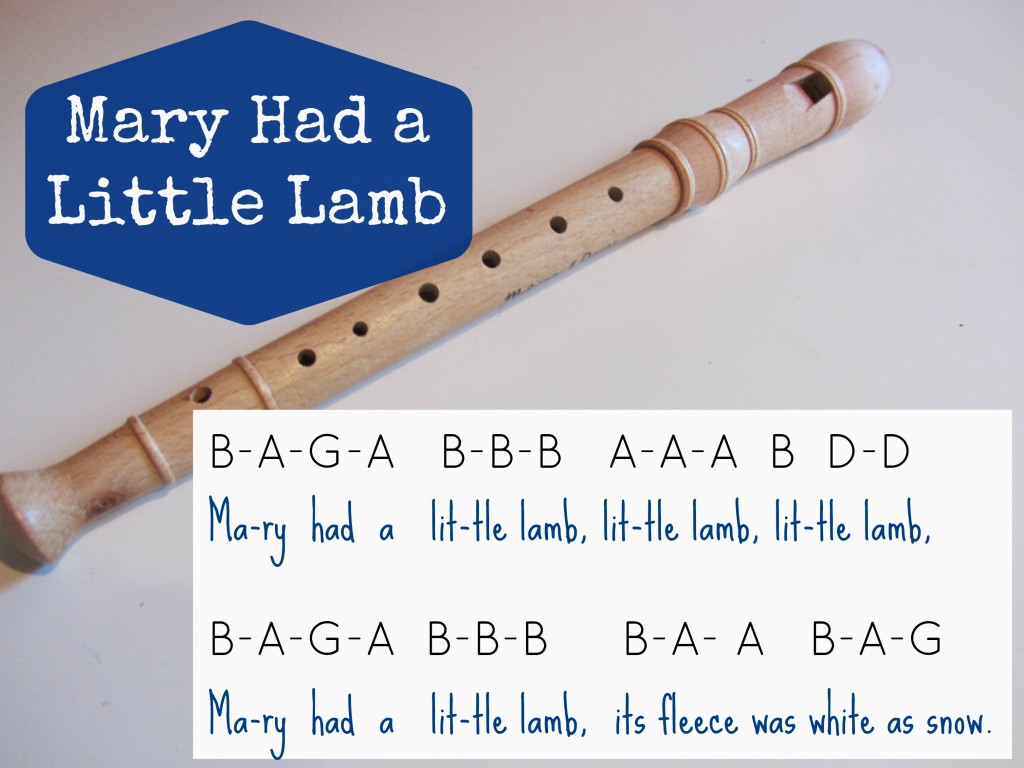
Bring on the music! Here are some of our favorite ways to bring music into our home:
- wait time
- my day, your day
- frozen peas
- kids who rock the kitchen
- kids who rock the laundry
- rest time
- gem jars
- arm circles
- noticing kids
- homework routine
fyi: Some of the links in the post above are “affiliate links.” This means if you click on the link and purchase the item, I will receive an affiliate commission. Forever and always I recommend only products or services I use personally and believe will add value to my readers. I am disclosing this in accordance with the Federal Trade Commission’s 16 CFR, Part 255: “Guides Concerning the Use of Endorsements and Testimonials in Advertising.” For more information, please see teachmama media, llc. disclosure policy.

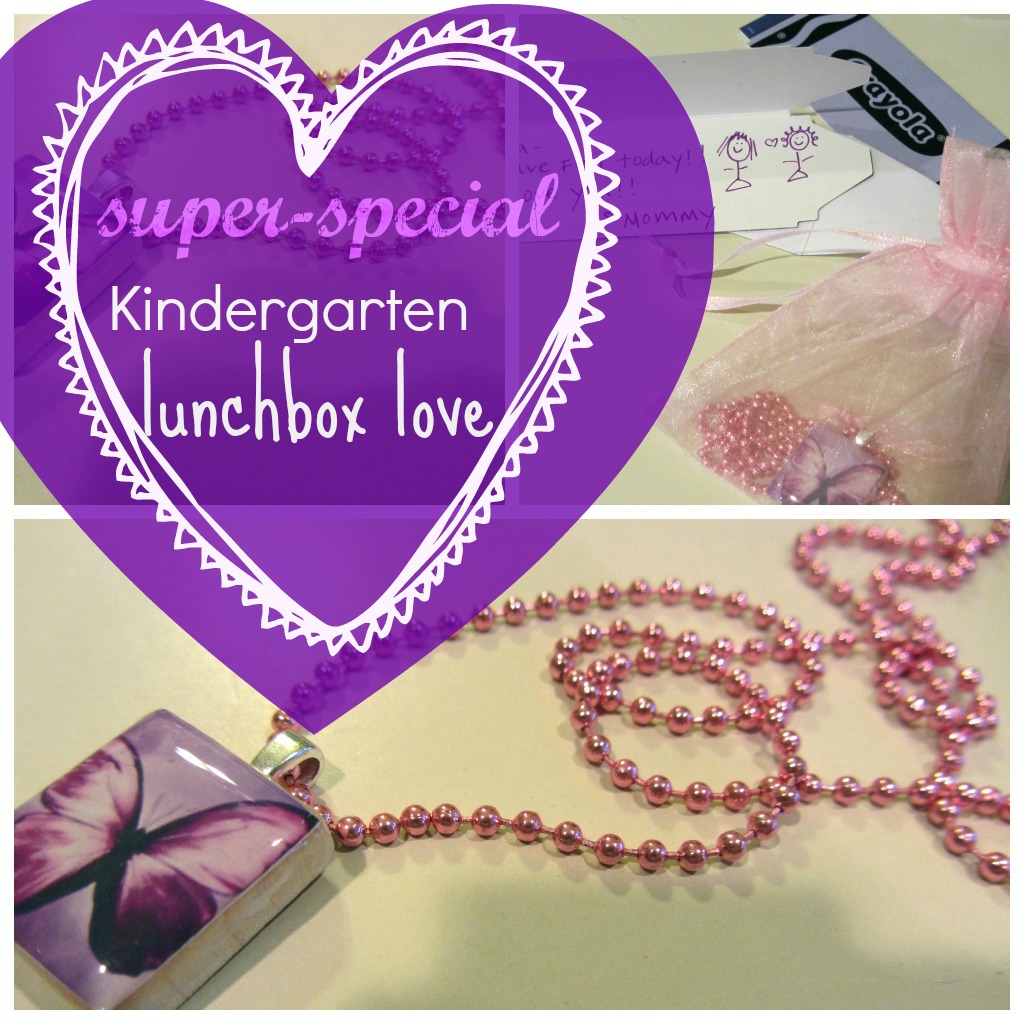


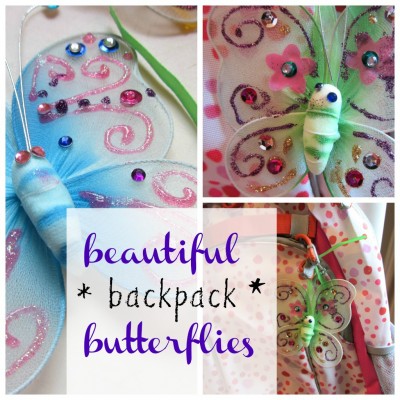
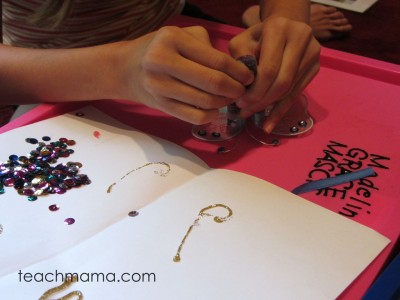
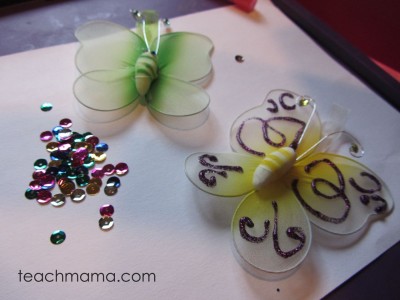
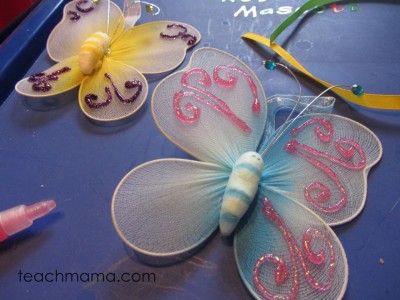
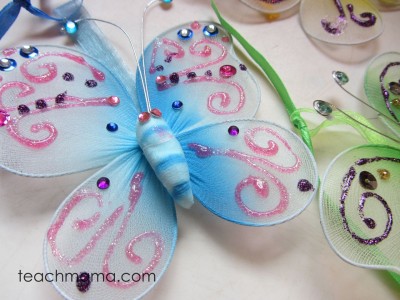
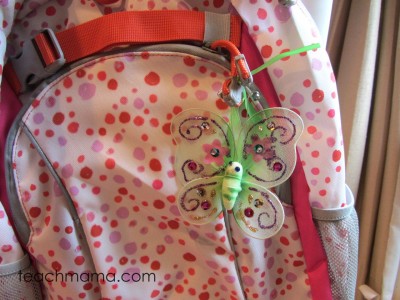
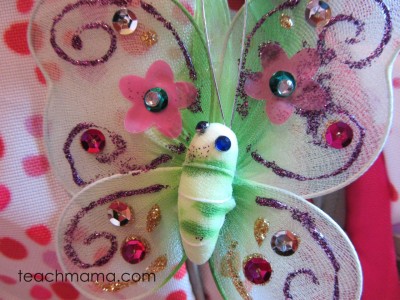















 I’ve said before that one of the things that
I’ve said before that one of the things that 



 One of our most favorite parts of summer is making our Summer Fun Cards.
One of our most favorite parts of summer is making our Summer Fun Cards.




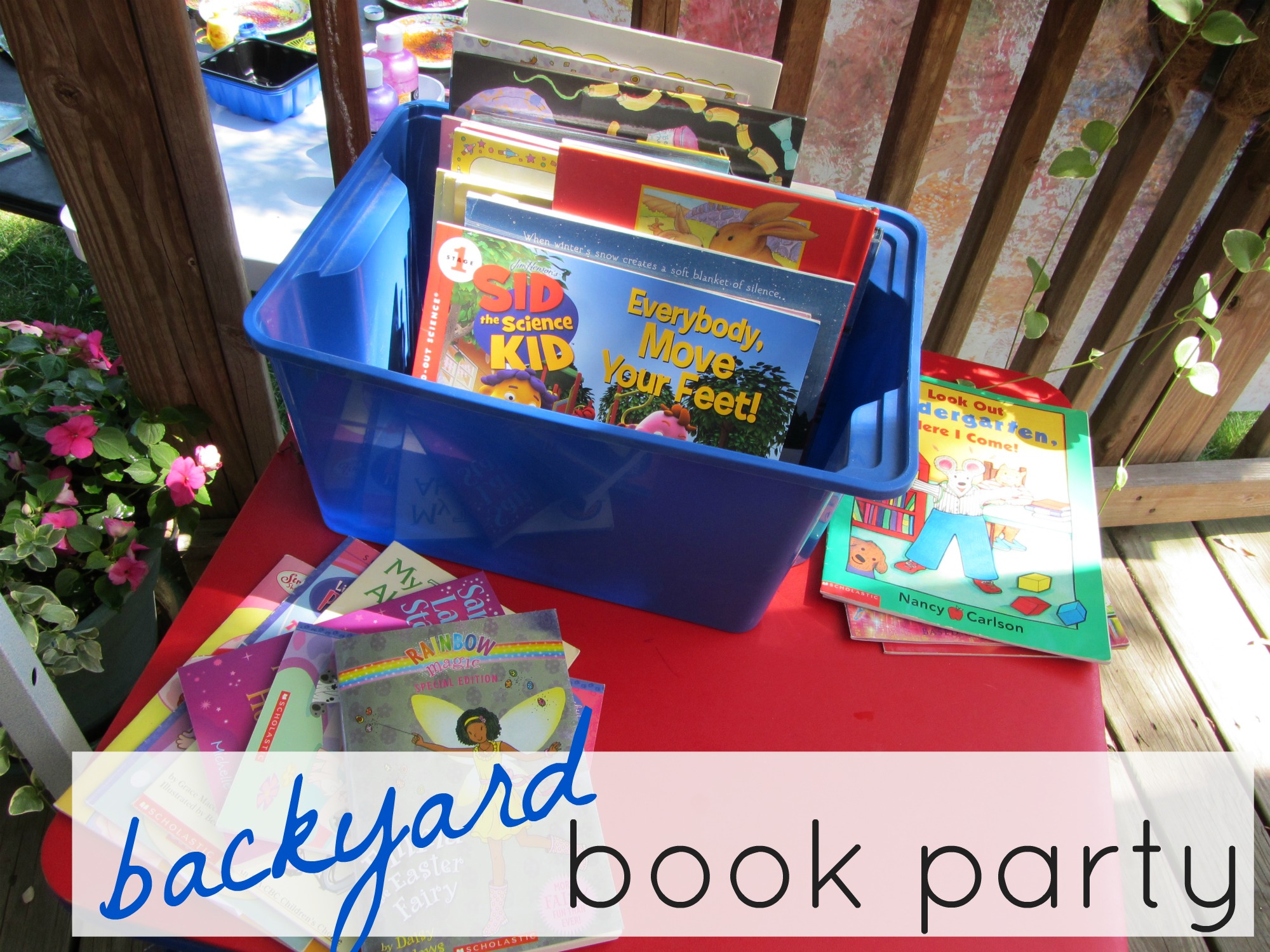











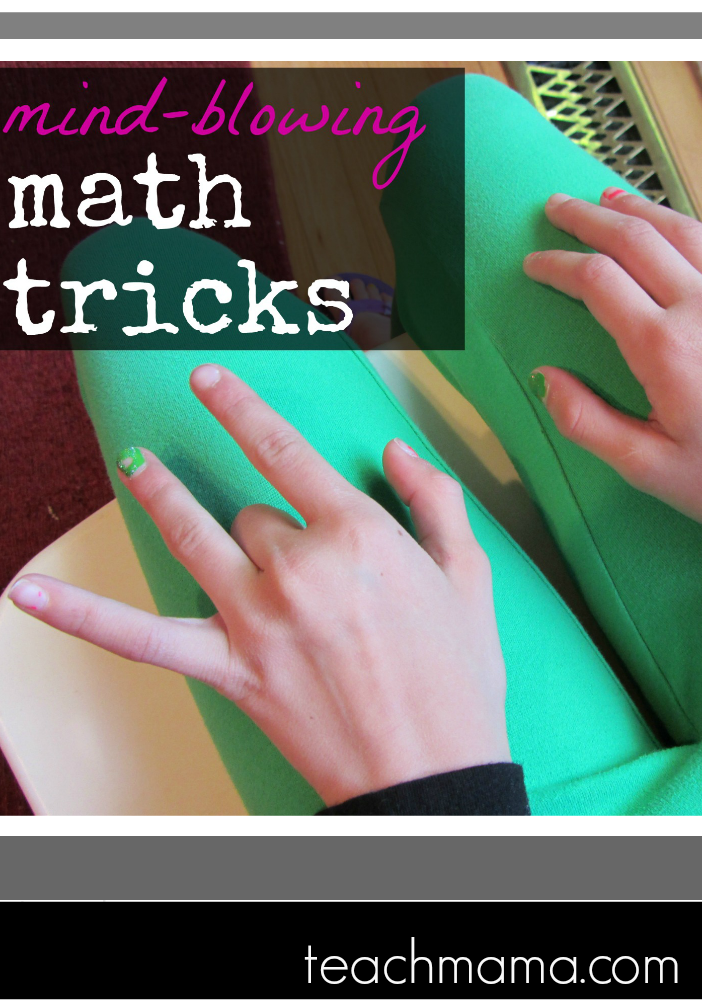









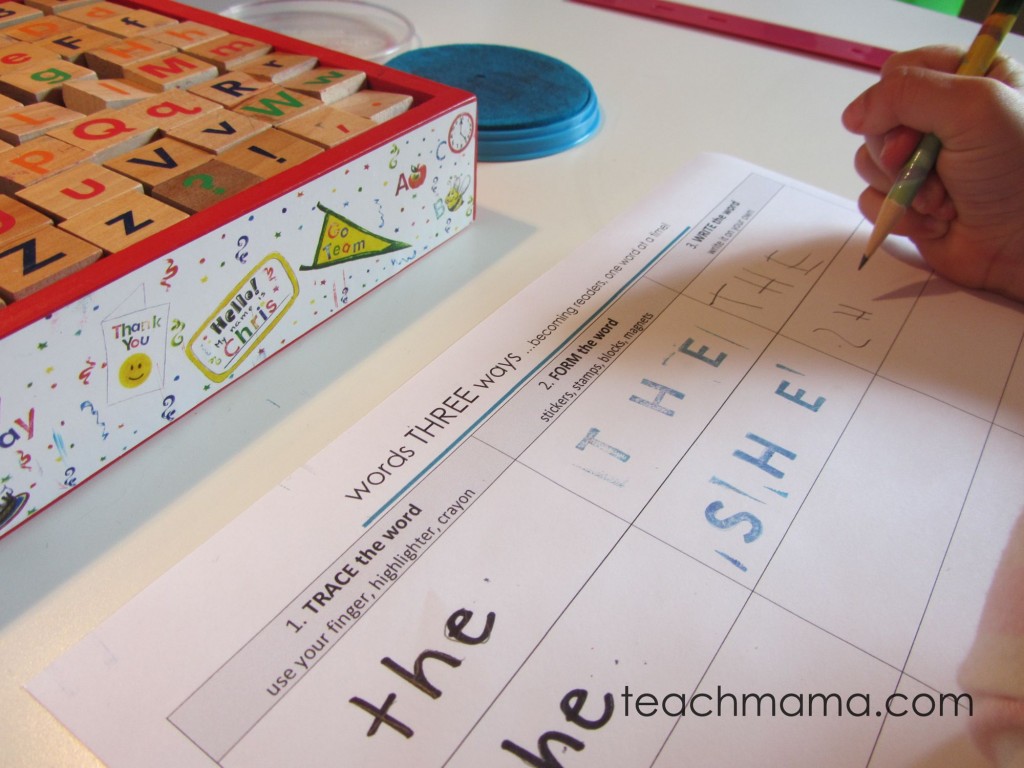


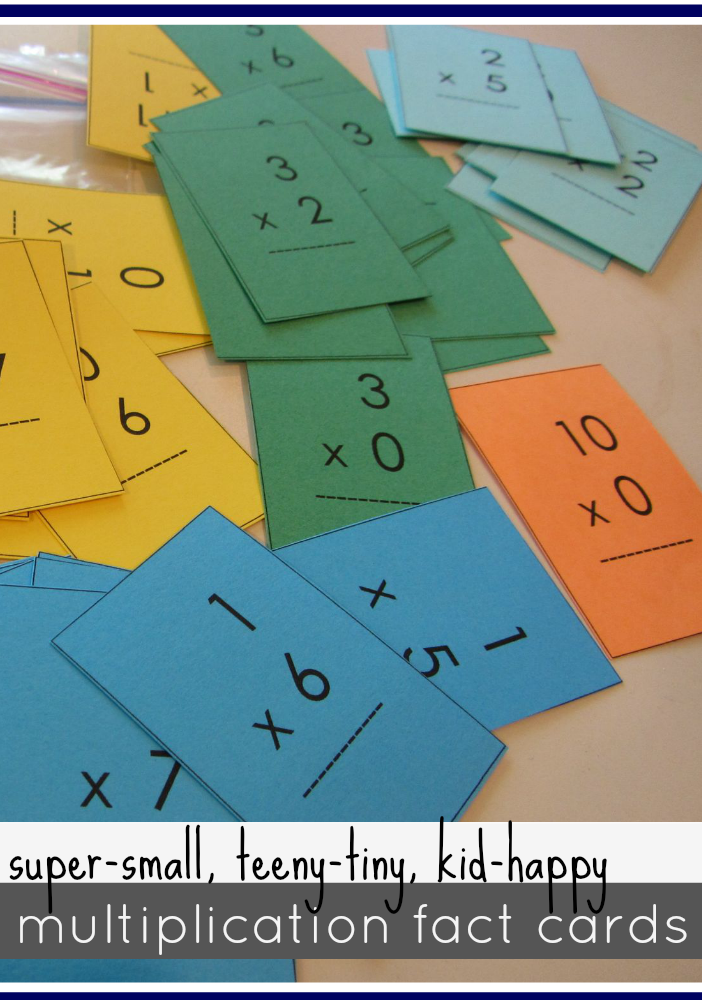
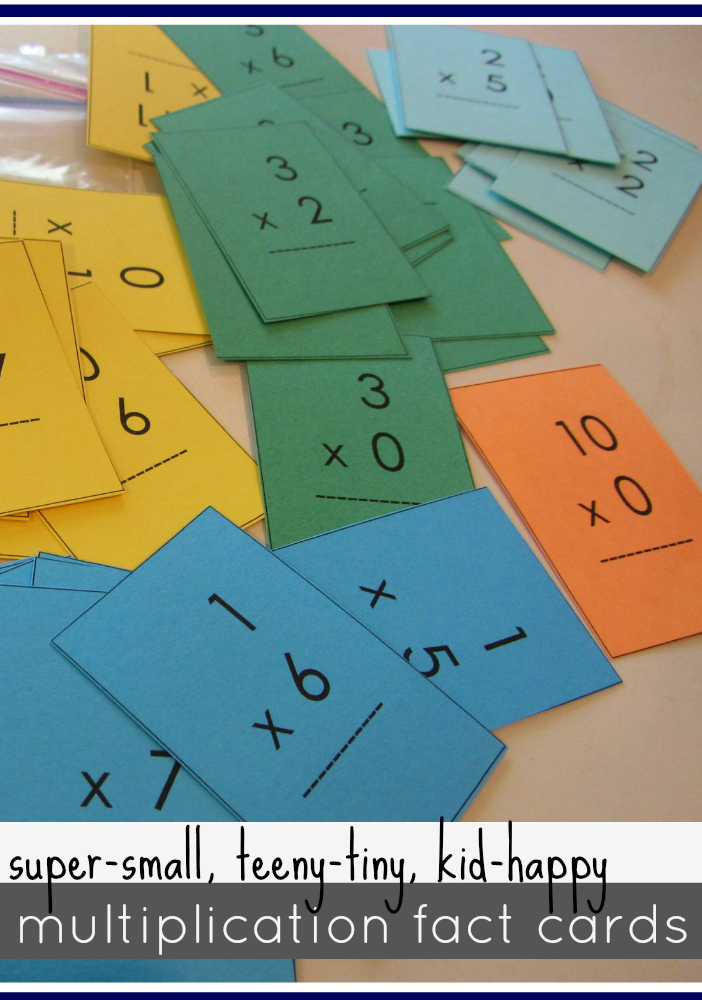
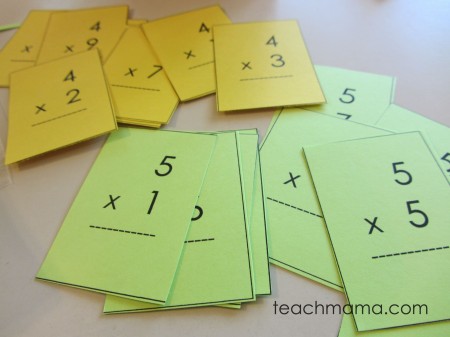

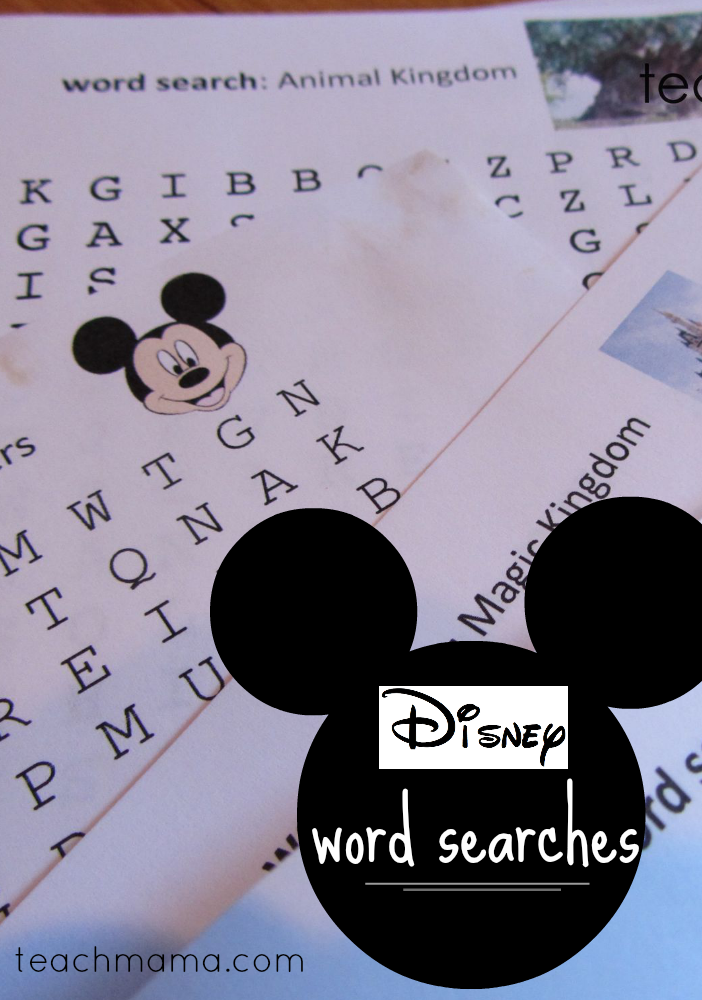

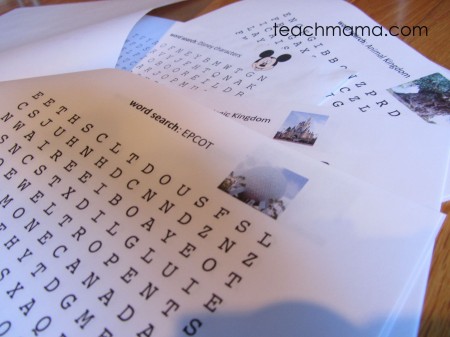 The word search packets–ready to go!
The word search packets–ready to go!


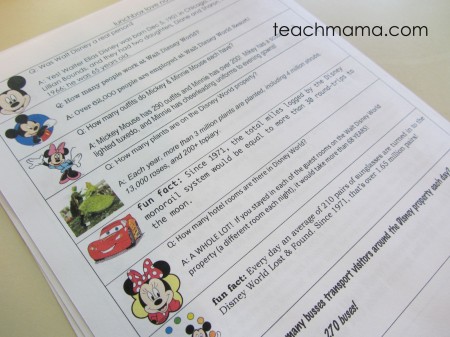
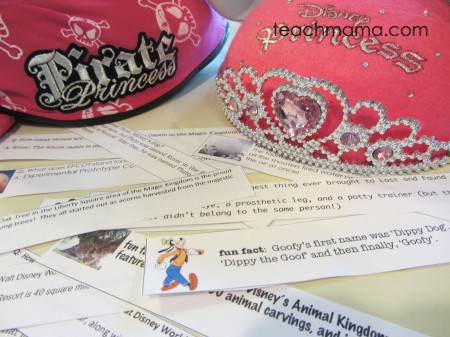
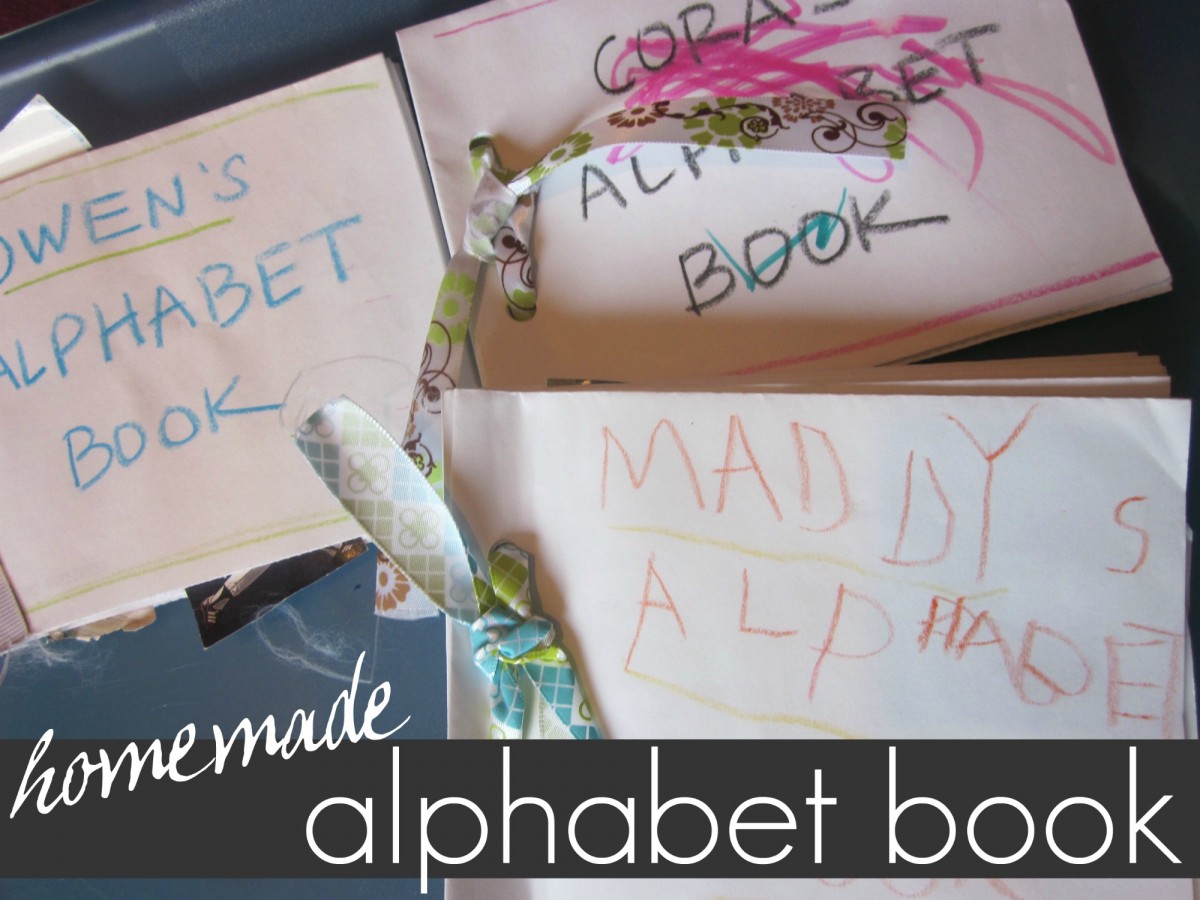
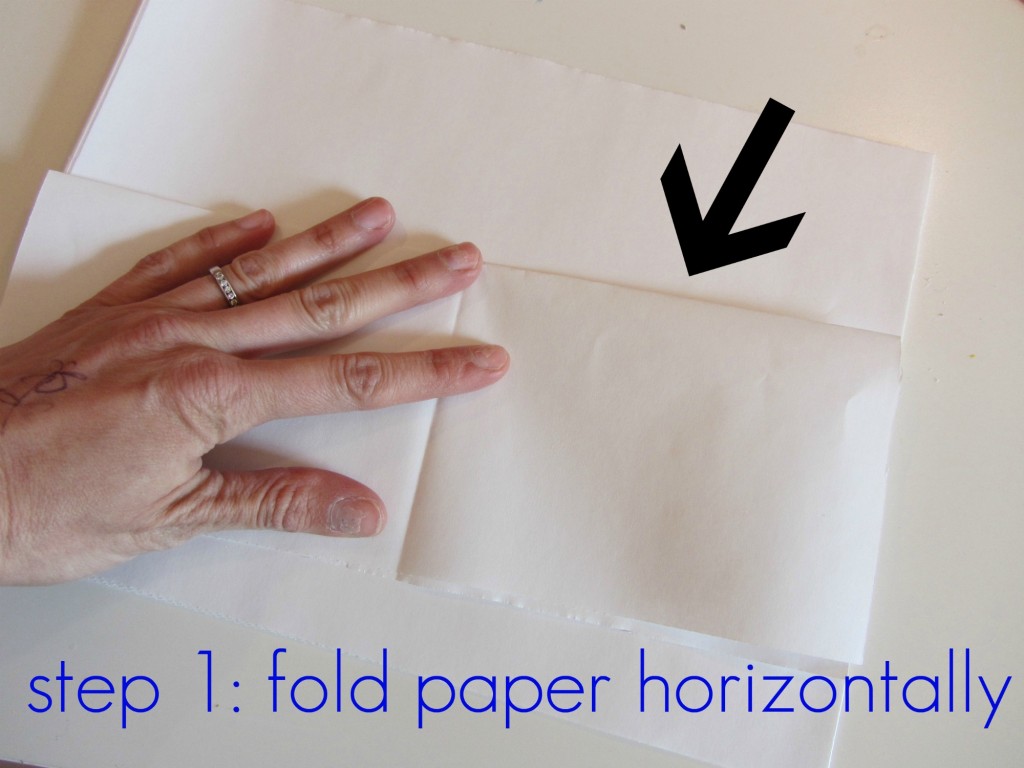








 Who knows what happened to winter this year?
Who knows what happened to winter this year?







